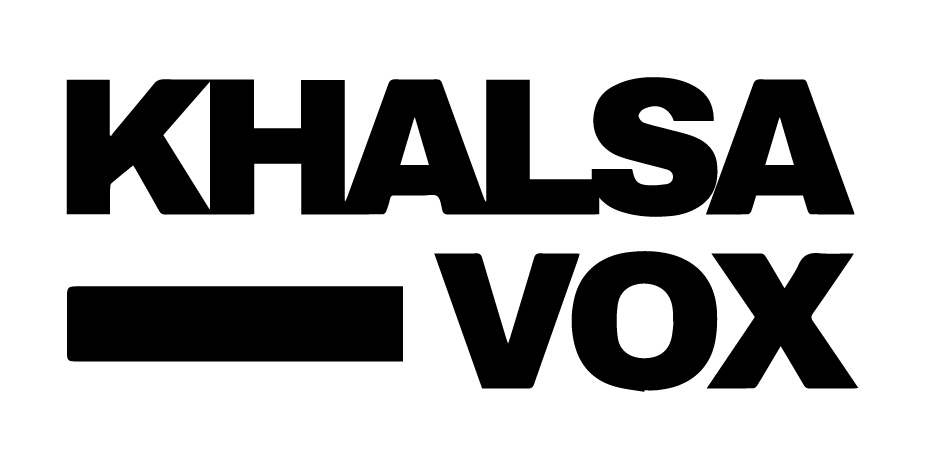AI Generated Summary
- In the 1980s and 1990s, Canada served as a hub for fundraising networks tied to groups like Babbar Khalsa International and the International Sikh Youth Federation.
- Although the overall contribution of NPO abuse may represent only a small fraction of total extremist budgets, it provides both cover and credibility—making it particularly difficult for regulators to interdict.
- According to the assessment, funds originating in Canada are directed either to domestic sympathizers—who rely on self-financing for propaganda and organizing—or to foreign jurisdictions where extremist actors are active.
Khalistani extremist groups advocating violent means have long relied on support from diaspora communities. In the 1980s and 1990s, Canada served as a hub for fundraising networks tied to groups like Babbar Khalsa International and the International Sikh Youth Federation. While those extensive networks have fragmented, a report notes that smaller clusters of sympathizers persist. These actors maintain allegiance to the Khalistan cause, raising funds through informal networks that are harder to detect and track.
Abuse of Charitable and Non-Profit Sectors
One of the most consistent methods involves the misuse of non-profit organizations (NPOs). These groups solicit donations under the guise of charitable or religious work, channeling money from the Sikh diaspora to extremist causes. Intelligence agencies have documented how such organizations are used not just to collect funds, but also to transfer them across borders under the cover of legitimate community support. Although the overall contribution of NPO abuse may represent only a small fraction of total extremist budgets, it provides both cover and credibility—making it particularly difficult for regulators to interdict.
Methods of Laundering
The report highlights how money laundering mechanisms overlap with terrorist financing:
- Money Service Businesses (MSBs) & Informal Value Transfer Systems (IVTS): Similar to groups like Hezbollah, Khalistani networks have exploited hawalas and unregulated MSBs to quietly move funds abroad.
- Frequent Cash Deposits: Supporters make structured deposits below reporting thresholds, then funnel money through layered transfers.
- Trade-Based Laundering: Though less well-documented for Khalistanis than for other groups, Canadian authorities warn that the same trade manipulation techniques—over- and under-invoicing, fake imports/exports—could be applied here.
- Cryptocurrency: While the report notes crypto is more associated with Hamas and Hezbollah, diaspora-linked actors sympathetic to Khalistan have shown increasing interest in small-scale digital donations. This emerging channel could bypass formal banking oversight.
The Role of Diaspora Communities
Canada’s multicultural society and strong remittance links are a double-edged sword. The vast majority of funds sent abroad are legitimate and beneficial. Yet, extremist elements exploit this infrastructure to obscure illicit flows. According to the assessment, funds originating in Canada are directed either to domestic sympathizers—who rely on self-financing for propaganda and organizing—or to foreign jurisdictions where extremist actors are active. These remittances are indistinguishable from ordinary diaspora support until forensic financial intelligence identifies anomalies.
Regulatory Challenges
Canadian authorities face a delicate balancing act:
- Protecting civil society: Blanket restrictions risk stigmatizing communities and undermining legitimate charitable work.
- Detecting laundering signals: Khalistani extremist financing blends with lawful community giving, meaning regulators must refine tools to detect anomalies without over-policing.
- International cooperation: Disrupting laundering requires collaboration with financial intelligence units abroad, particularly in India, the UK, and the US, where similar diaspora-linked funding channels exist.
Why It Matters
Money laundering is not just an economic crime; it is a political weapon. By concealing extremist financing, laundering sustains propaganda campaigns, recruitment, and, in some cases, direct support for violence. For Khalistani extremist factions, the ability to quietly transform diaspora donations into operational funds keeps the movement alive in fragmented but resilient pockets.
The financing of Khalistani extremism in Canada today is not about massive transfers or state sponsorship. It is about smaller, quieter streams of money—channeled through charities, informal remittances, and laundering mechanisms—that accumulate into a financial lifeline. Unlike the broader networks of the past, today’s extremist financing operates through dispersed micro-nodes, making it less visible but no less concerning. The challenge for Canadian regulators is to target laundering without eroding the trust of law-abiding diaspora communities whose legitimate giving forms the backbone of transnational civic life.




